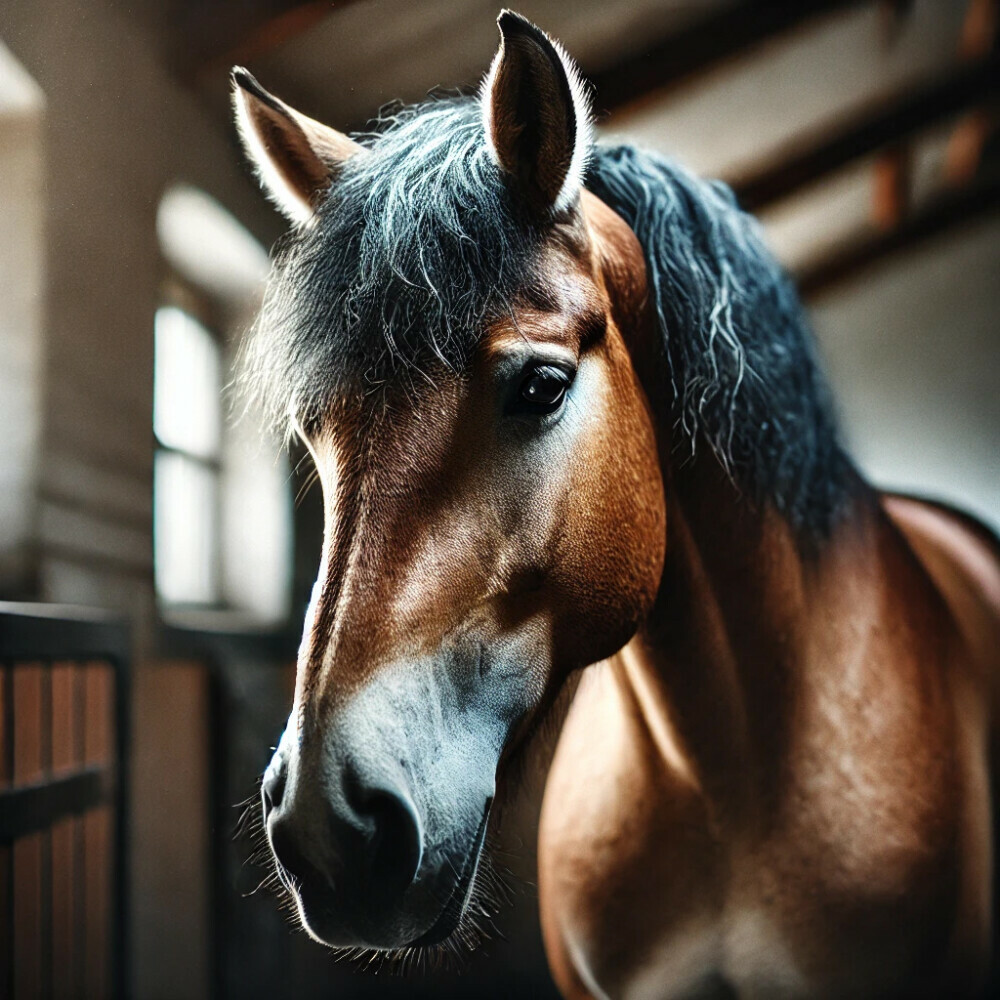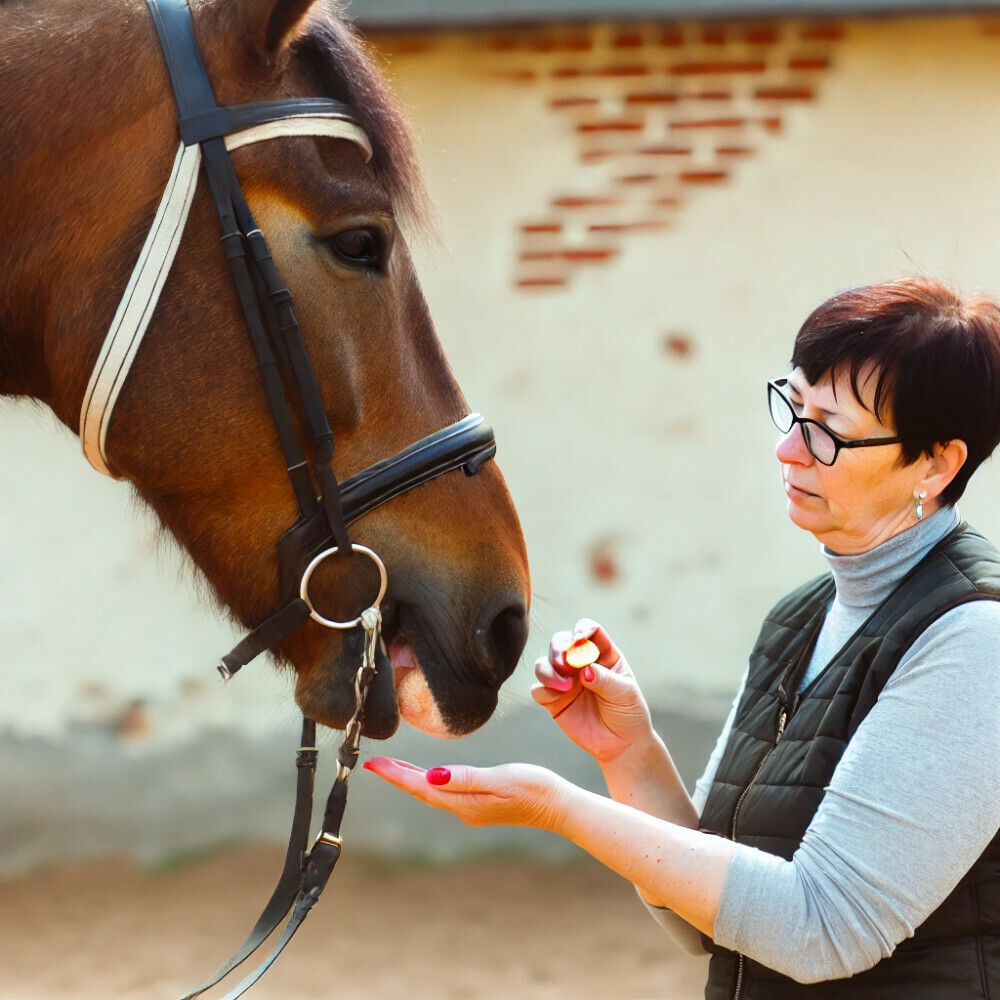Understanding Common Horse Behavior Problems

Recognizing the signs of distress and disobedience in horses is crucial for every horse owner. Horses, being naturally expressive animals, often display clear indicators when something isn’t right. Signs of distress can range from subtle cues, such as pinned ears and a tense stance, to more overt behaviors like kicking, biting, or refusal to follow commands. Disobedience often manifests in resistance to training or handling, refusal to move forward, or unexpected aggression. Recognizing these signs early is vital to address the root cause and prevent escalation.
Behavioral issues in horses can stem from various sources. Stress is a significant contributor and can arise from changes in environment, routine, or handling. Illness or pain can also lead to behavioral changes; a horse in discomfort may act out as a way of communicating its distress. Poor training methods or a lack of training consistency can confuse horses, leading to disobedience. Understanding the reasons behind these issues requires careful observation and a willingness to delve into the underlying causes.
Observing natural horse behavior is essential for early detection of potential problems. Horses are creatures of habit, and deviations from their normal behavior can be a red flag. Regularly spending time watching your horse in its environment, whether in the pasture or stable, allows you to notice subtle changes. Is your horse less interested in social interactions? Has its eating pattern changed? These observations can provide early clues to potential issues.
In my years of horse training, I’ve encountered numerous behavior problems, each with its unique set of challenges. One memorable case involved a young mare who had developed a habit of kicking when approached. Through careful observation, we discovered she was suffering from a hoof condition that caused her pain. Once treated, her aggressive behavior diminished, emphasizing the importance of considering physical health as a factor in behavioral issues.

Preventing horse behavior problems begins with consistent and humane training practices. Horses thrive on routine and clear communication. Training should be a daily practice, reinforcing desired behaviors and discouraging unwanted ones without resorting to harsh methods. Positive reinforcement, such as treats or praise, can be highly effective in encouraging good behavior.
Creating a supportive and enriching environment is equally important. Horses need space to move, socialize, and engage in natural behaviors like grazing. Providing a variety of stimuli, from different textures to toys, can keep their minds engaged and reduce stress-induced behaviors. Regular health checks ensure that any underlying medical issues are addressed promptly, and proper nutrition plays a crucial role in maintaining a horse’s overall well-being. A balanced diet tailored to your horse’s needs can prevent nutritional deficiencies that might lead to behavioral issues.

Proper socialization is another key factor in promoting positive behavior. Horses are social animals and need interaction with their kind. Ensuring your horse has companionship can reduce stress and promote better behavior. Isolation can lead to boredom and frustration, which often manifest as behavioral problems.
When it comes to correcting and managing problematic behaviors, a structured approach is essential. Addressing aggressive or fearful behaviors requires patience and a step-by-step strategy. Begin by identifying the triggers and gradually desensitizing your horse to them. Positive reinforcement is crucial here; reward your horse for calm behavior and gradually increase exposure to the trigger. Consulting with equine behavior experts can provide additional insights and tailored strategies for more complex issues.
It’s essential to follow the dos and don’ts of behavioral correction to ensure your horse’s welfare. Avoid punitive measures that can increase fear or aggression. Instead, focus on building trust and understanding between you and your horse. Remember, consistency is key – mixed signals can confuse your horse and exacerbate the problem.
In my experience, resolving equine behavior issues often involves a journey of continuous learning and adaptation. One case that stands out is a gelding who had severe separation anxiety. Through gradual desensitization and positive reinforcement, we managed to reduce his anxiety levels significantly. It took time, patience, and a lot of trial and error, but the result was a well-adjusted horse who could comfortably be away from his herd mates.
 Interviews with other horse trainers and behaviorists reveal similar stories. Each horse is unique, and what works for one may not work for another. Tailored solutions, based on thorough observation and understanding of individual horses, lead to the best outcomes. The journey from problem behavior to a well-adjusted equine partner is rewarding and highlights the importance of patience, knowledge, and compassion in horse training.
Interviews with other horse trainers and behaviorists reveal similar stories. Each horse is unique, and what works for one may not work for another. Tailored solutions, based on thorough observation and understanding of individual horses, lead to the best outcomes. The journey from problem behavior to a well-adjusted equine partner is rewarding and highlights the importance of patience, knowledge, and compassion in horse training.
Understanding common horse behavior problems and employing effective strategies for prevention and correction are vital for any horse owner. With consistent training, a supportive environment, and a willingness to seek expert advice when needed, you can foster a positive and trusting relationship with your horse. The transformation from problematic behavior to a harmonious partnership is a testament to the power of understanding and patience in the world of horse training.

